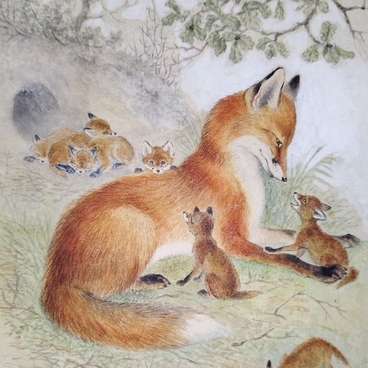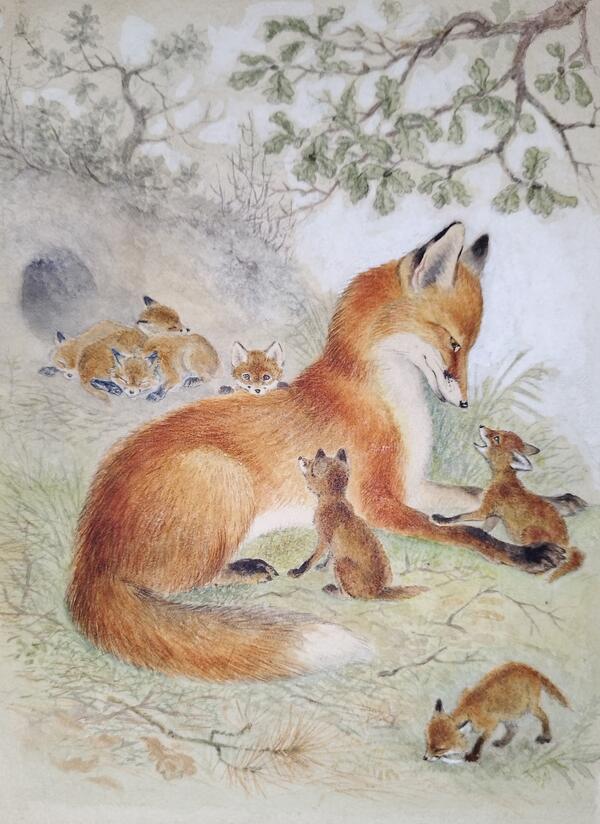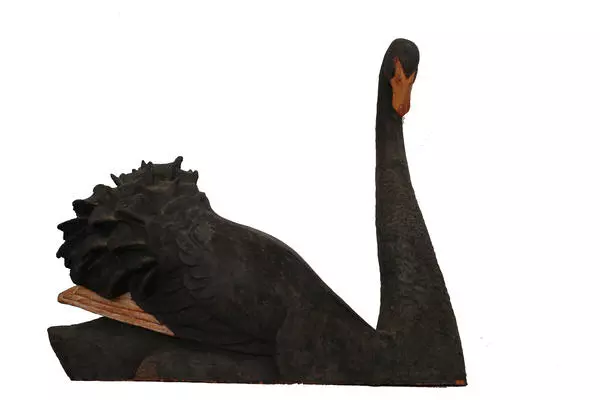Soviet graphic artist and sculptor, Honored Artist of the RSFSR Dmitry Vladimirovich Gorlov (1899–1988) was a master of decorative and applied art and one of the founders of Russian animalism. Dmitry Gorlov mastered several professions: he was a village teacher, statistician, children mentor in the Palace of Pioneers — but in his spare time he devoted himself to art.
Vasily Alekseevich Vatagin was the person who helped Dmitry Vladimirovich Golov make the final choice of his creative path. The professor did not act as a mentor, did not impose his views, but the influence of his personal example, amazing modesty and love for his work turned out to be all the more significant. Vatagin and Gorlov met back in the early 1920s, when the latter studied at Higher Artistic and Technical Workshops.
Dmitry Vladimirovich Gorlov devoted his entire creative life to the depiction of animals in drawing, book illustration, easel sculpture, porcelain, and children’s toys. In an animalistic toy, as in sculpture, the artist did not seek to convey the appearance of the animal in all its details. However, even in the most concise images, he proceeded from nature, understanding generalization not as a mechanical copying of details, but as a plastic union of structurally important volumes and lines.
An intermediate stage on his life path was his work at the All-Union Scientific Experimental Institute of Toys in the mid-1930s. Dmitry Gorlov developed more than 100 samples of toys made of wood and papier-mache, many of which had movable parts. In 1943, he was appointed chief artist of the Gzhel Ceramic Factory, where he created models of porcelain animal sculptures. Many of them were then produced at other porcelain enterprises, including the Mikhail Vasilyevich Lomonosov Porcelain Factory in Leningrad.
Dmitry Vladimirovich
Gorlov was constantly experimenting, expanding the range of possibilities of
ceramics. He specialized in terracotta sculpture, figurines, ceramic
multicolored panels, wall bas-reliefs, and decorative tiles. The artist
belonged to the number of masters whose art reflected universal values and
expressed a sincere call to love nature.




